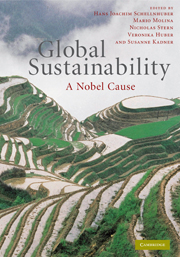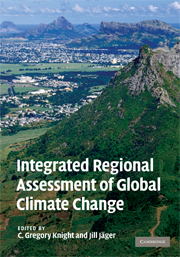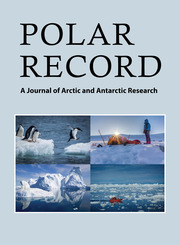Sustainable Communities on a Sustainable Planet
Scientists and policymakers have realised that localities are central to addressing the causes and consequences of global environmental change. The goal of the Human-Environment Regional Observatory project (HERO) was to develop the infrastructure necessary to monitor and understand the local dimensions of global change. This book presents the philosophy behind HERO, the methods used to put that philosophy into action, its results, and the lessons learned from the project. HERO used three strategies: it developed research protocols and data standards for collecting data; it built a web-based networking environment to help investigators share data, analyses and ideas from remote locations; and investigators field-tested these concepts by applying them in diverse biophysical and socioeconomic settings - central Massachusetts, central Pennsylvania, southwestern Kansas, and the US-Mexico border region of Arizona. The book highlights the unique focus of HERO regarding thinking and acting on complex, integrative, and interdisciplinary global change science at local scales, and is valuable for global change scientists.
- Blends global change science and geographic information science, enabling the reader to see how these two fields can work together seamlessly
- Provides detailed case studies of four regions, highlighting the diverse impacts of global change on different localities
- Contributions from physical and human geographers from the best environmental science departments across the world result in an extensive and varied coverage
Product details
November 2009Adobe eBook Reader
9780511630378
0 pages
0kg
This ISBN is for an eBook version which is distributed on our behalf by a third party.
Table of Contents
- 1. Infrastructure for observing local human-environment interactions Brent Yarnal, John Harrington, Jr, Andrew C. Comrie, Colin Polsky and Ola Ahlqvist
- 2. Theory: computing with knowledge to represent and share understanding Mark Gahegan, William A. Pike and Junyan Luo
- 3. Infrastructure for collaboration Bill Pike, Alan MacEachren and Brent Yarnal
- 4. Representing and reasoning with conceptual understanding Ola Ahlqvist and Chaoqing Yu
- 5. Establishing vulnerability observatory networks to coordinate the collection and analysis of comparable data Colin Polsky, Rob Neff and Brent Yarnal
- 6. Comparative assessment of human-environment landscape change John Harrington, Jr, Brent Yarnal, Diana Liverman, Billie Lee Turner II and Brandi Nagle
- 7. Landsat mapping of local landscape change: the satellite-era context Rachel M. Kurtz, Robert Gilmore Pontius, Jr, John Harrington, Jr and Cynthia L. Sorrensen
- 8. Assessing local vulnerabilities: methodological approaches and regional contexts Colin Polsky, Cynthia Sorrensen, Jessica Whitehead and Rob Neff
- 9. Rapid vulnerability assessments of exposures, sensitivities, and adaptive capacities of the HERO study sites Colin Polsky, Andrew Comrie, Jessica Whitehead, Cynthia Sorrensen, Lisa M. Butler Harrington, Max Lu, Rob Neff and Brent Yarnal
- 10. Evaluating vulnerability assessments of the HERO study sites Colin Polsky, Cynthia Sorrensen, Jessica Whitehead, Lisa M. Butler Harrington, Max Lu, Rob Neff and Brent Yarnal
- 11. The mounting risk of drought in a humid landscape: structure and agency in suburbanizing Massachusetts Colin Polsky, Sarah Assefa, Kate Del Vecchio, Troy Hill, Laura Merner, Isaac Tercero and Gil Pontius
- 12. A diverse human-environment system: traditional agriculture, industrial agriculture, and service economy in central Pennsylvania Brent Yarnal
- 13. Fossil water and agriculture in southwestern Kansas Lisa M. Butler Harrington, Max Lu and John A. Harrington, Jr
- 14. Urbanization and hydroclimatic challenges in the Sonoran Desert border region Cynthia L. Sorrensen and Andrew C. Comrie
- 15. Lessons learned from the HERO project Brent Yarnal, John Harrington, Jr, Andrew C. Comrie, Colin Polsky, Ola Ahlqvist and the HERO Team
- References
- Index.







